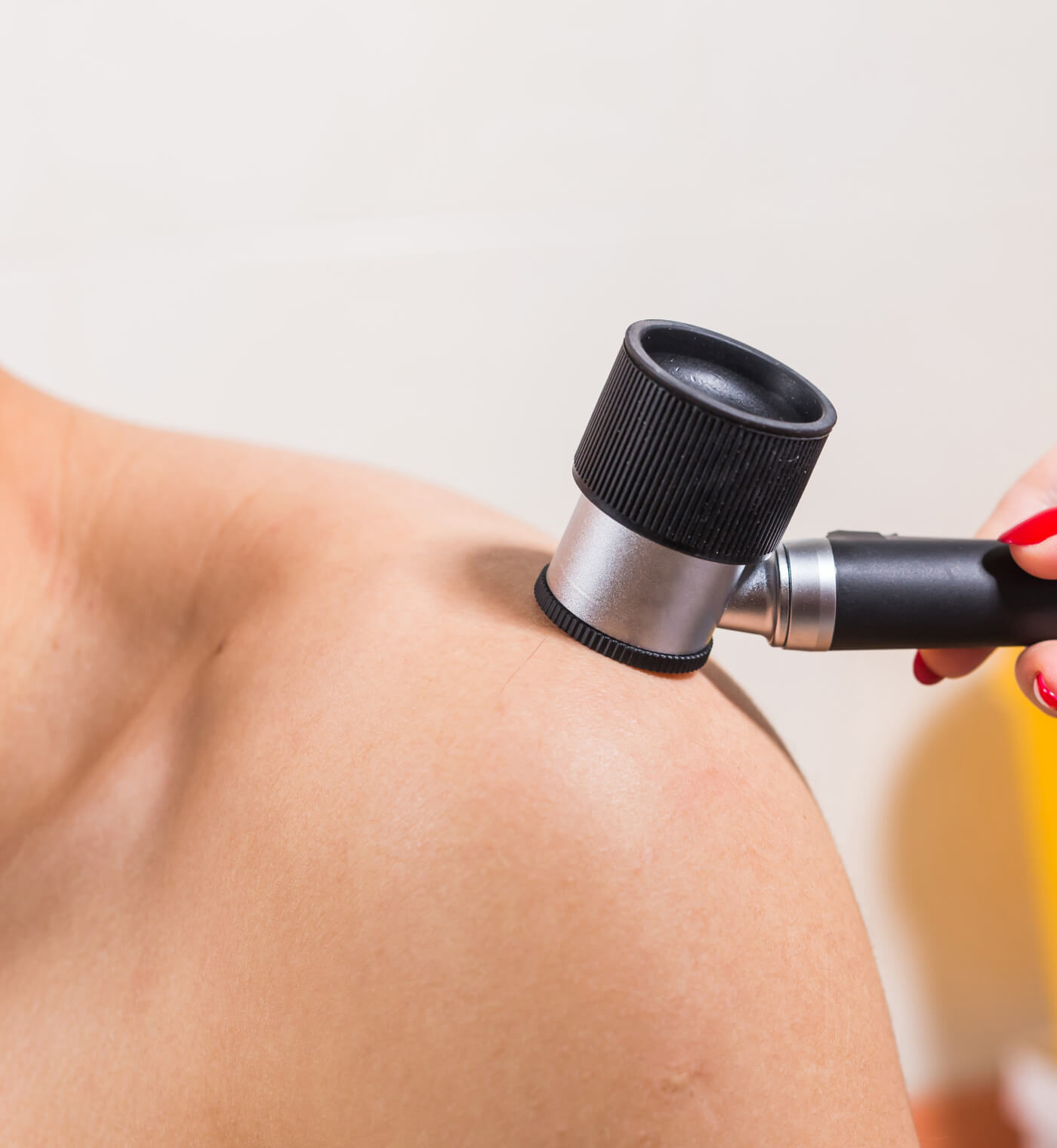MOHS Surgery
Mohs surgery, also called Mohs micrographic surgery, is a specialized technique for removing skin cancer. Named for its originator, Dr. Frederic Mohs

What is Mohs Surgery?
Mohs surgery is an outpatient procedure that is performed under local anesthesia; therefore the risks associated with prolonged general anesthesia are avoided.
Before the surgery begins, a small needle is used to place the numbing medicine (Lidocaine) in the area surrounding the skin cancer. This may cause some discomfort, however, the remainder of the procedure is relatively pain free.
Advantages of Mohs Surgery
The highest cure rate — Because all surgical margins are examined microscopically in the office, this procedure has the highest cure rate of all skin cancer treatments.
The best cosmetic result — Because there is no need to take a margin of healthy skin in Mohs surgery, the size of the wound left after tumor removal is minimized. Keeping the defect small optimizes the surgical repair, and produces a superior cosmetic result.

Post-Surgery Analysis
After processing, the surgeon uses a microscope to trace the roots of the skin cancer to see if the entire tumor has been removed.
If the margins are clear and the tumor has been completely removed, then the surgeon will repair the wound that was created by tumor removal. The repair usually involves sutures (stitches).
If the margins are not clear, meaning that some of the tumor was left behind, then the surgeon will go back and remove the edges only in the area where the roots were left behind. This tissue will likewise be processed and examined with a microscope.
If the tumor removal is complete, then sutures will be used to repair the defect. If not, then another layer of skin will be taken. This process is repeated as many times as necessary until the entire tumor is removed.